Bygone photos show life in Wales' oldest multi-ethnic community
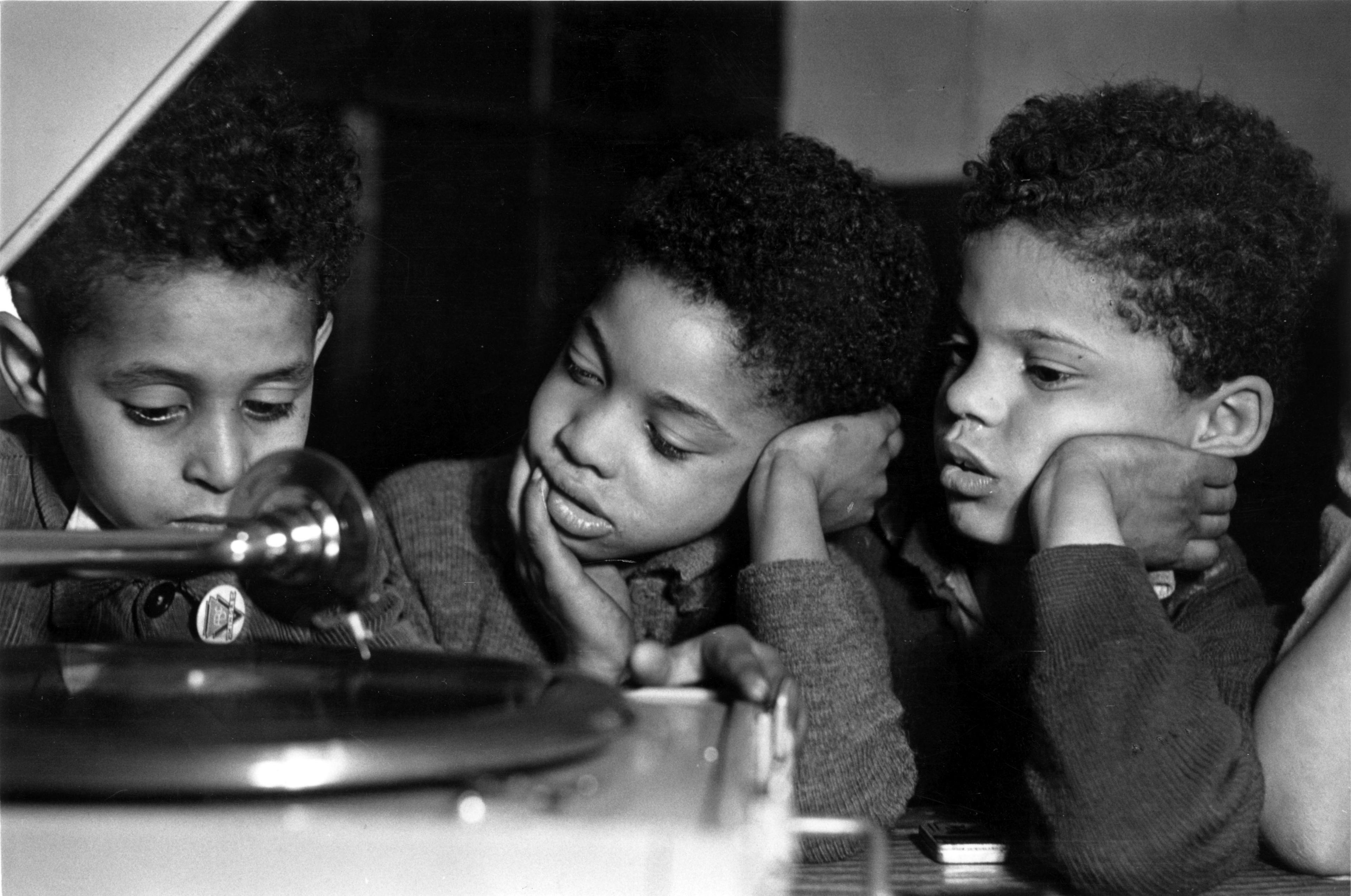
Photos of Tiger Bay, taken for Picture Post magazine by Bert Hardy in 1950, will be part of an exhibition at National Museum Cardiff
- Published
"It wasn't whether we were black or white, Christian or Muslim or Greek Orthodox - if you lived in Tiger Bay, you were from the bay."
Gaynor Legall and three of her life-long friends have been looking at old photographs and reminiscing about growing up in Cardiff's Tiger Bay in the 1950s.
Tiger Bay is Wales' oldest multi-ethnic community and sprang up in the 1800s when sailors from around the world came to work around the city's prosperous coal trade.
Gaynor and her friends Dawn Collins, Pauline Williams and Farida Mohamed are all granddaughters of men who travelled from their homelands and grew up in the close-knit dockland community together.
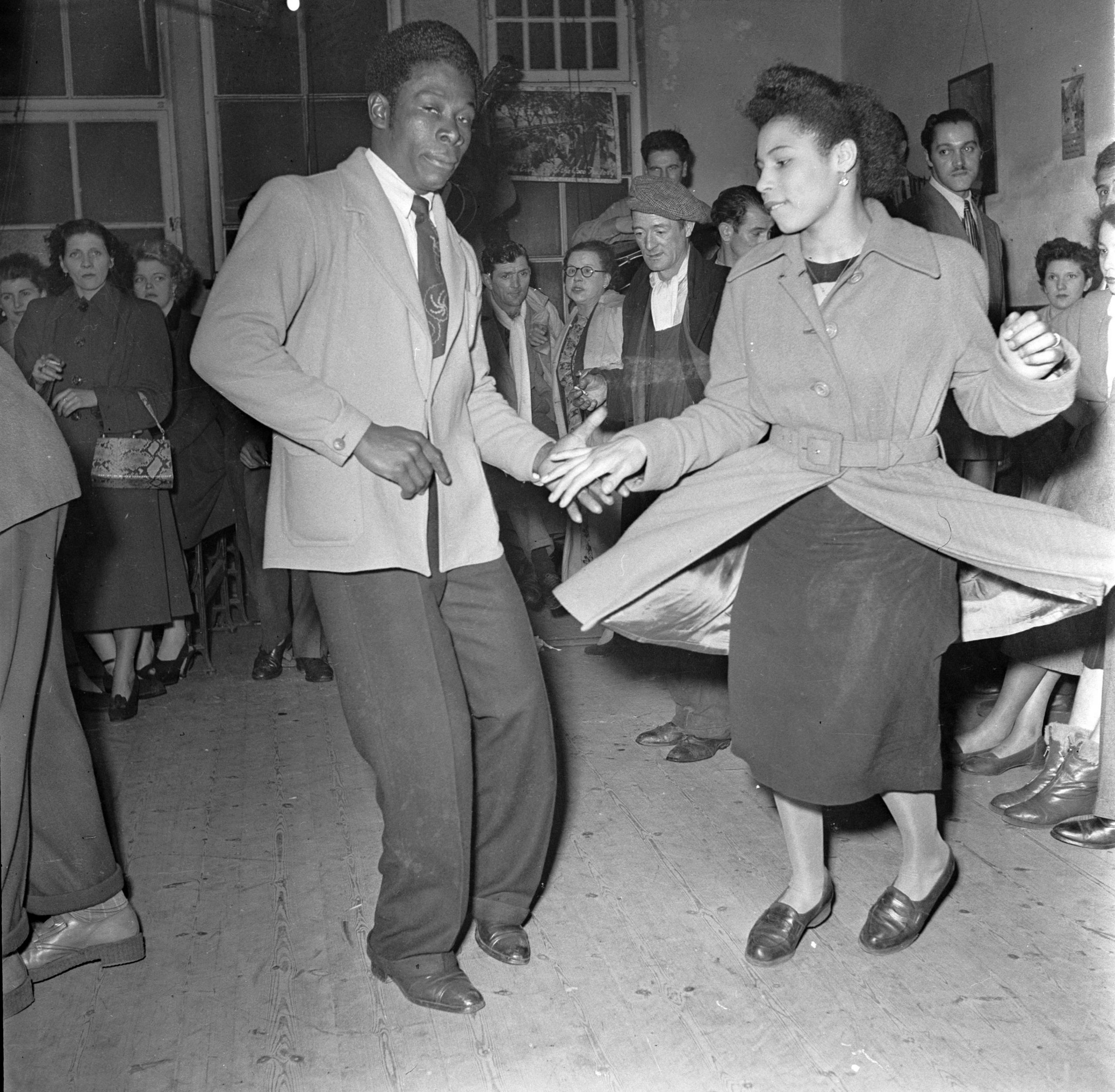
This image, entitled Dancing Down The Bay, was taken at St Mary's School in 1950
"We never looked at people's colour, we never looked at people's race, we were one big happy family," recalled Pauline, 81.
The friends have been selecting photographs of old Tiger Bay to be displayed at National Museum Cardiff.
The black and white photos, taken by photographer Bert Hardy in 1950 for British Picture Post, will be shown at an exhibition about the photo-magazine.
The publication, which ran in the UK between 1938 and 1957, captured everyday life and major events and reached 1.7 million readers at its peak.
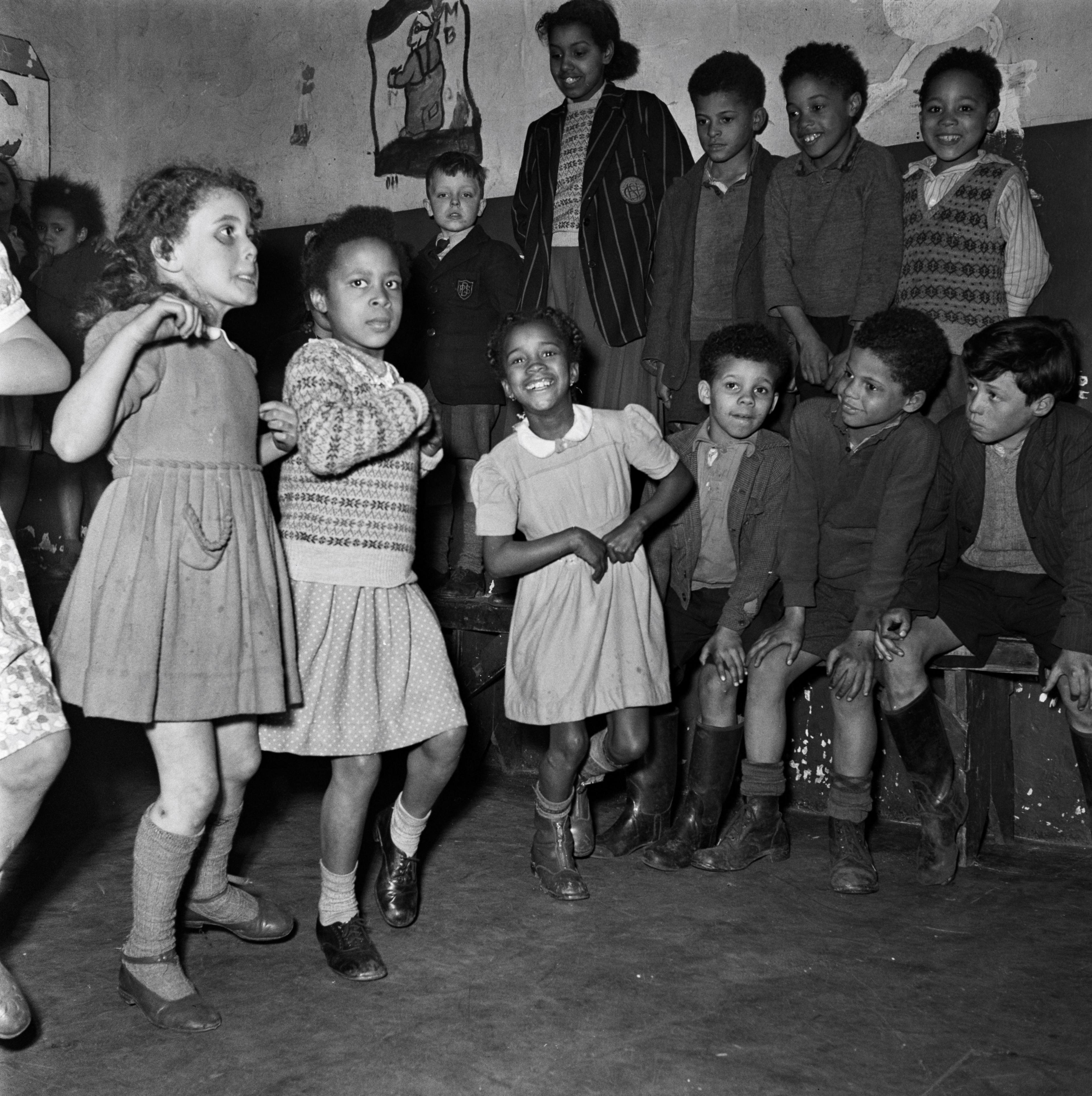
The pictures show glimpses of life in Cardiff's Tiger Bay almost 70 years ago
Seeing the images "just threw us back to childhood," said Farida, 81.
Dawn, 78, said it had made her look at her childhood in a new light.
"We thought that everything looked beautiful but when you look at some of the pictures you think they are kind of sad," she said.
"We looked poor, even though we didn't feel poor because everybody was in the same situation around us."
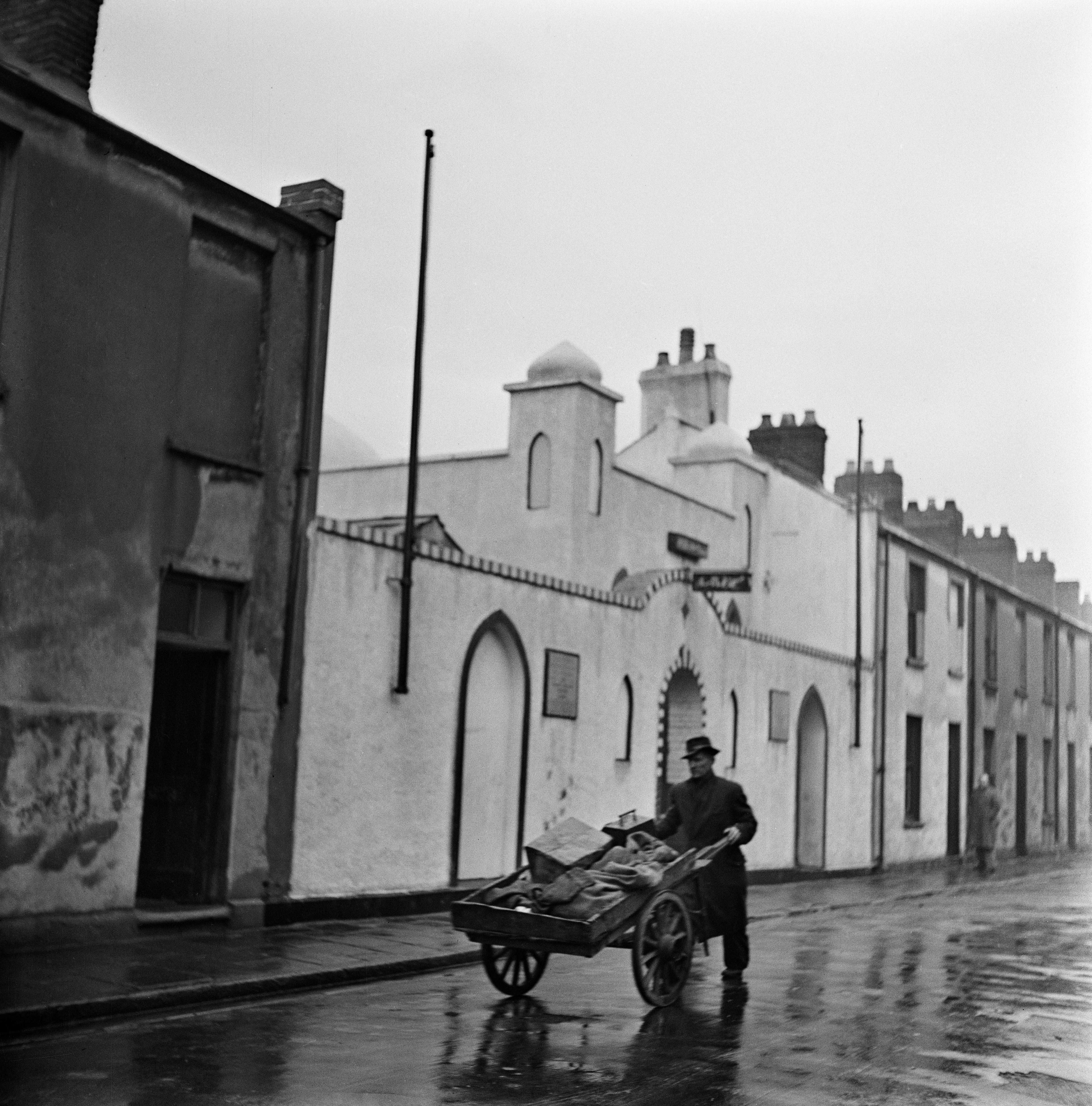
A fish seller pushes his barrow past Peel Street Mosque
The women recalled a community where everyone looked out for each other.
"If Pauline's mother didn't have something she could knock my nana's door and vice versa," said Dawn.
"And you know what, you were glad to help, you always had somebody that you could turn to or just have a kind word."
The friends all grew up taking part in each other's religious and cultural events.
Dawn said at Eid all the children, regardless of religion, would go to the mosque wearing a headscarf and be fed.
"We were taught to respect from when we were little children," she said.
"We didn't feel threatened by other religions and other customs," added Gaynor.
"We embraced them, we took them... we just got involved in whatever our friends were doing and we were never turned away and made to feel different."
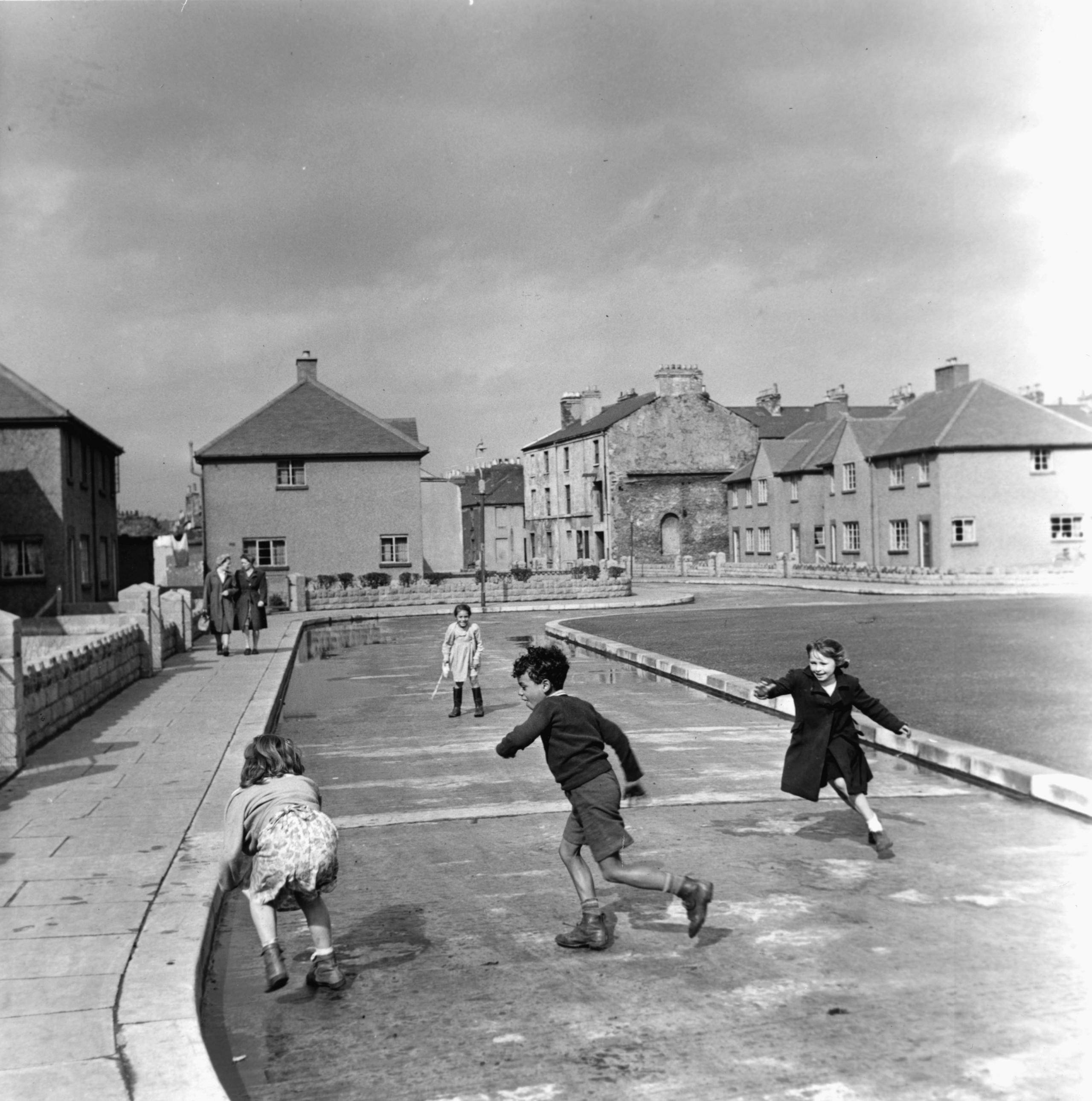
The friends say after parts of Tiger Bay was demolished during slum clearance projects the area lost its sense of community
Tiger Bay was also a sanctuary from the racism the community experienced in various aspects of daily life.
In the 1950s and '60s it was not unusual for rental listings to include signs that read: "No blacks, no Irish, no dogs."
Black workers also often got paid less for the same work as their white counterparts.
"My father worked as a welder for a big steel company and used to train the white supervisors that would come in for them to be his supervisor," said Dawn.
"He would say at the table 'I trained another one today'."
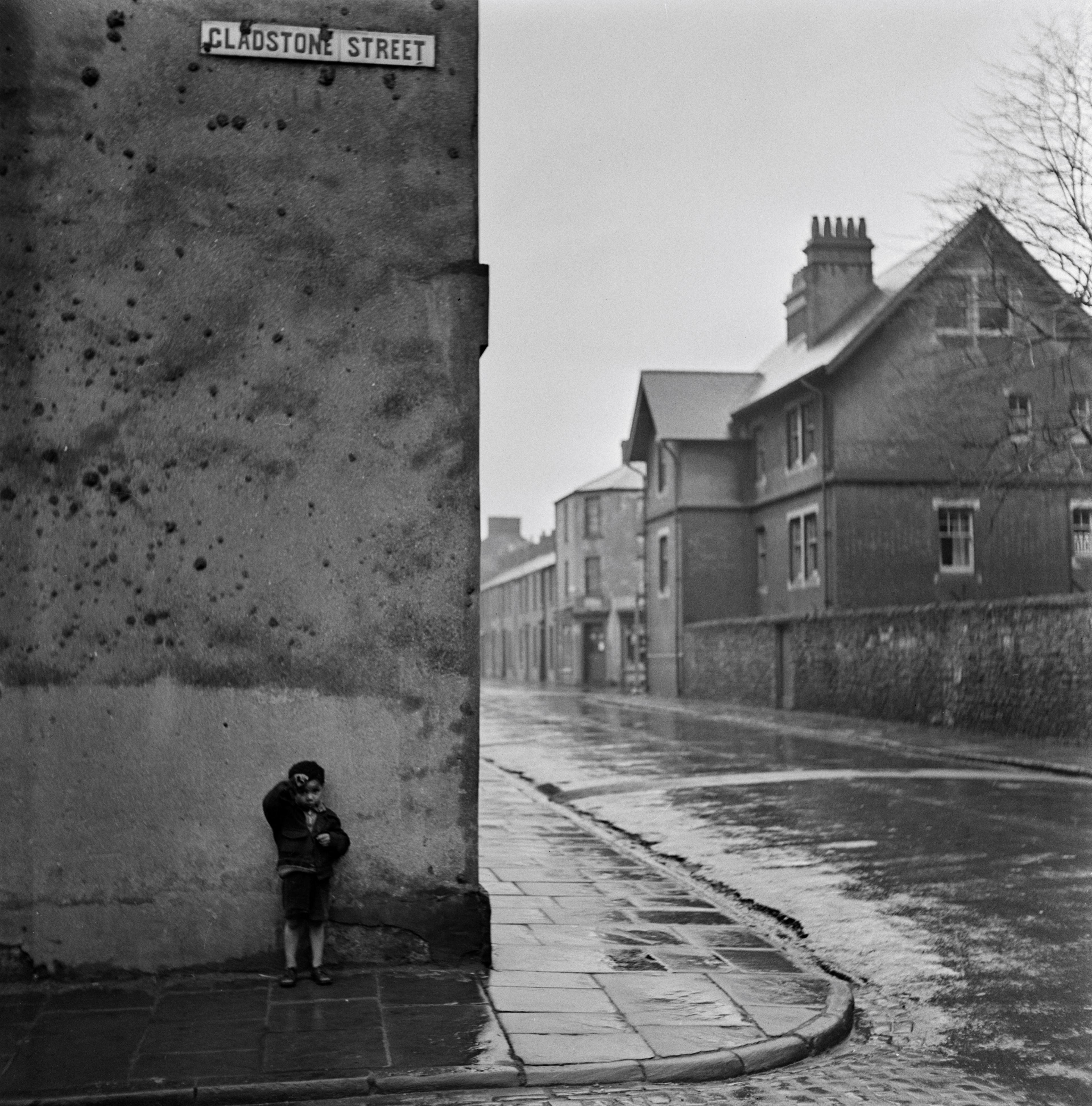
Gladstone Street was demolished as part of the urban renewal project
Pauline recalled being refused entry to clubs because of the colour of her skin.
"Some of them would allow black women in because we are exotic and beautiful and so we would attract business," added Gaynor.
"But they wouldn't let the men and boys in."
She said there was a sense of "us against the rest of the world".
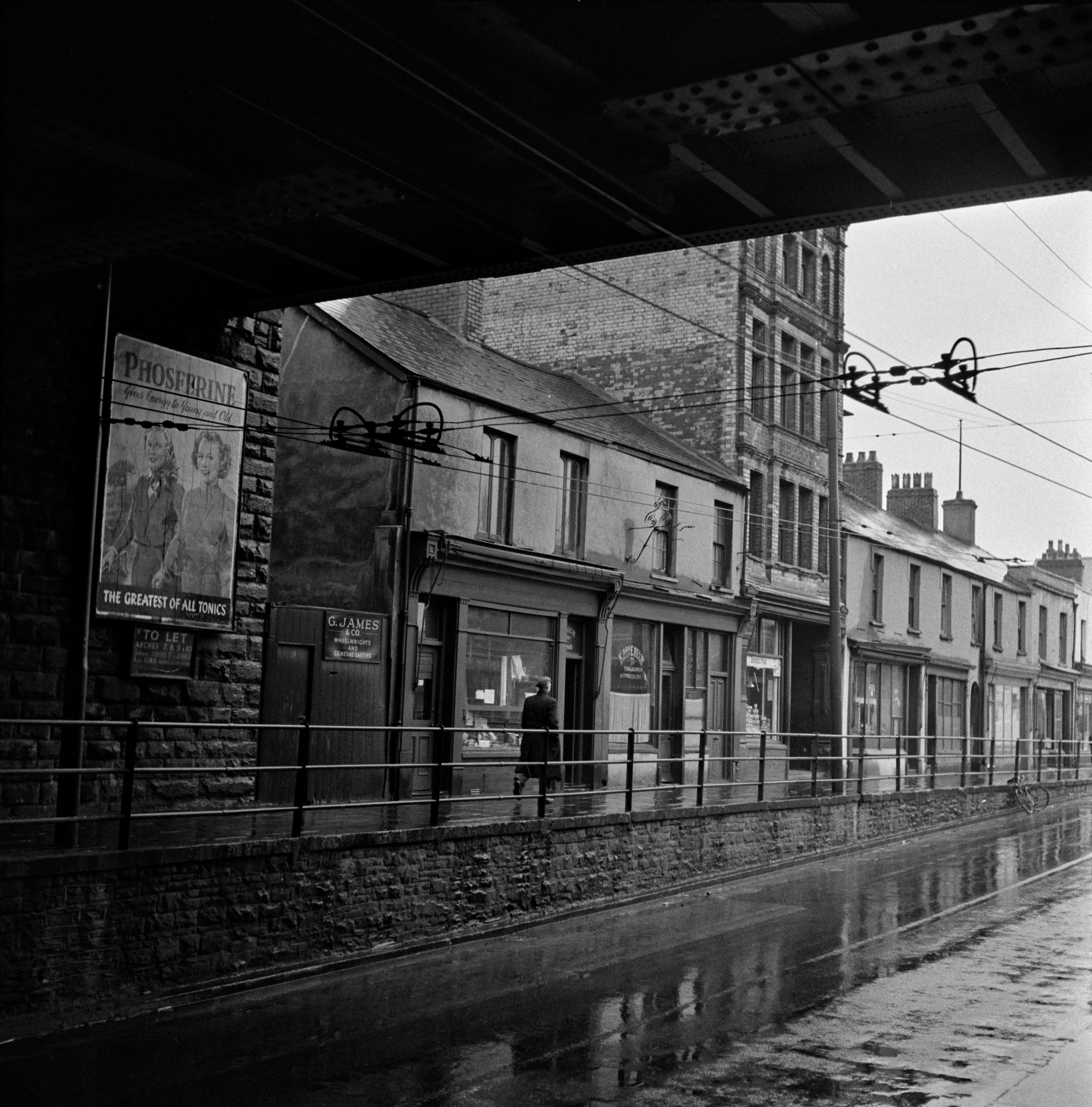
The railway bridge, seen here, acted as a "barrier" between Tiger Bay and the rest of Cardiff
The railway bridge acted as a buffer between their community and the rest of Cardiff, they said.
"My father was chased home many, many, many times from different places and the minute he got under the bridge he could breathe a sigh of relief because the ones that were chasing him wouldn't come any further than that," said Dawn.
"We were clearly not welcome in town," added Gaynor.
"So the bridge was the sort of a barrier between us and them and there certainly was an us and them."
Lockdown death prompts show about grief
- Published18 June 2022
Traffic stops for The Girl from Tiger Bay
- Published5 February 2020
Dame Shirley Bassey gets freedom honour
- Published17 May 2019
In the 1960s, many of the original buildings, including Loudoun Square, were demolished as part of slum clearance projects.
Older housing was replaced with new, modern developments and many families were moved out of Tiger Bay.
Dawn had grown up with her parents and two siblings in her grandmother's house on Sophia Street and her family were moved to a council house in Ely.
"My mother cried every single day," she recalled.
"She would put all three of us in the pram and push us back down the bay every single day, looking around for somebody that would exchange with her because she absolutely hated being away from everything she knew."
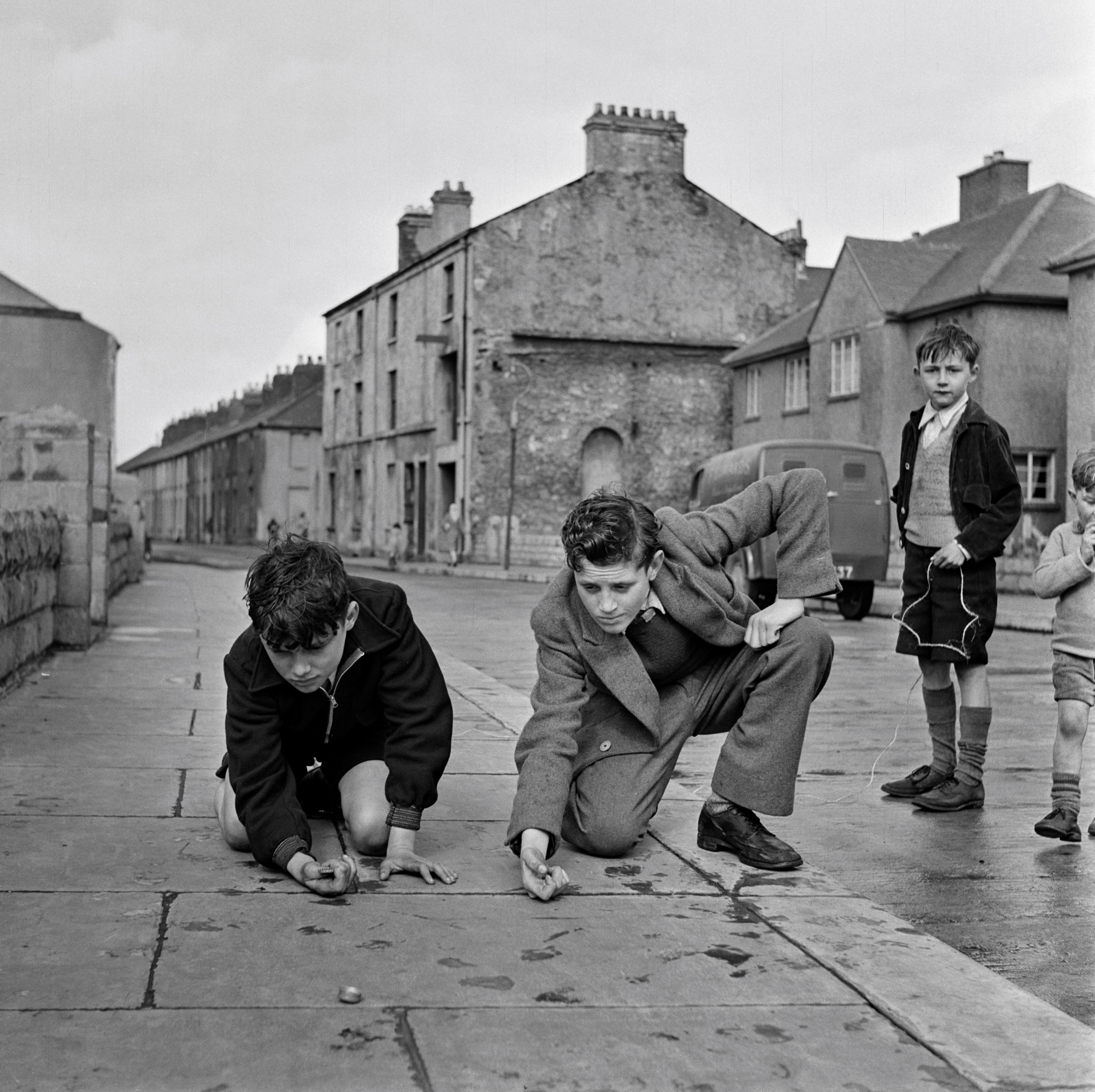
Children would often play together on the streets of Tiger Bay
Farida and her family were also moved to Ely and she said she "cried to come home every day of the four-and-a-half years we were there".
"It was horrendous because you had neighbours on either side with big hedges, so you were afraid to look over the hedge in case they thought you were imposing on them."
Many Tiger Bay families were eventually able to move back to the area but it was forever changed, the rows of terraces replaced by a council estate of high rise flats and maisonettes.
Farida said: "It split everybody up and even though we were still in the same area there was no sense of community really."
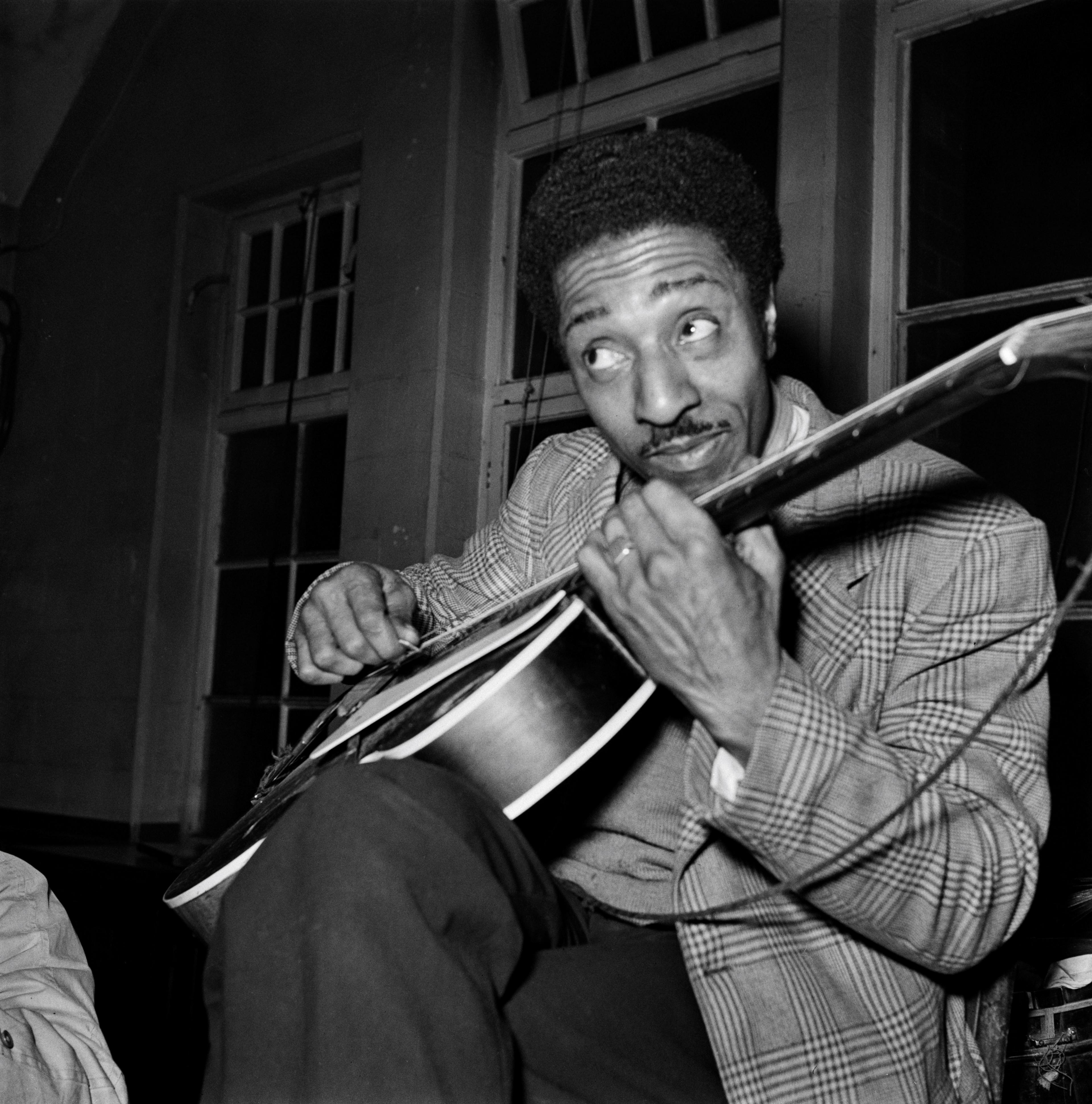
Tiger Bay has a rich and diverse music scene rooted in its vibrant community
Gaynor was the first black female councillor in Wales and has spent much of her life working for race equality and women's rights.
She was approached by the curators of the exhibition Picture Post: A Twentieth Century Icon who wanted members of the Tiger Bay community to select photos.
"We are involved in telling the story," she said.
"It's not just pictures of some exotic person."

Tiger Bay was home to people from more than 50 different countries
So what drives her and her friends to keep telling the story of Tiger Bay?
"It was a struggle for those men who came here early," she said.
"They had a rough time and the white women that married them had a rough time but they struggled and they survived and they thrived.
"We need to honour those people - we're here because of them."
Dawn wants to make sure people don't forget.
"My grandfather from Sierra Leone came to this country when he was 15 years old," she said.
"I don't want my grandchildren to forget about where they came from."